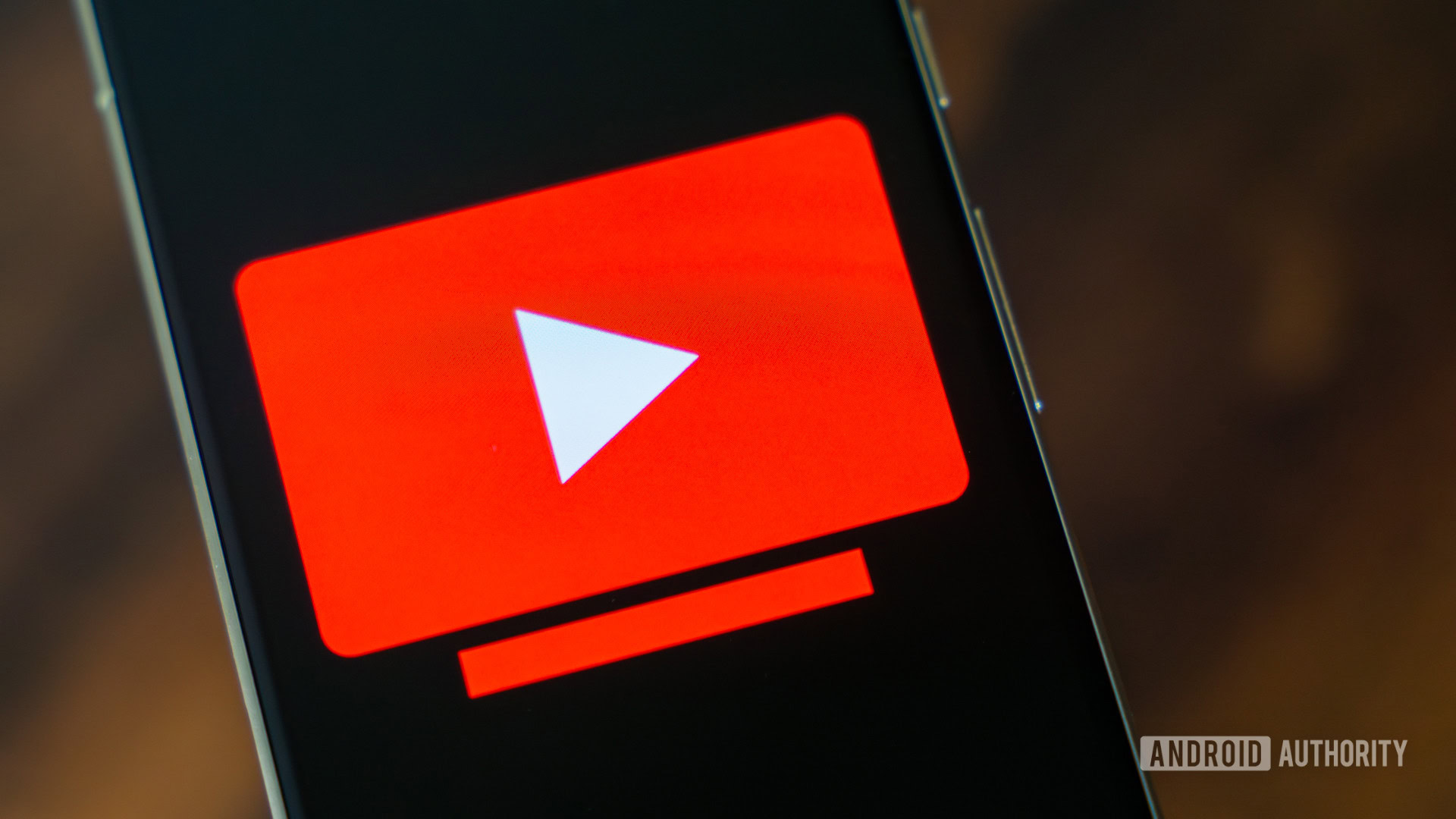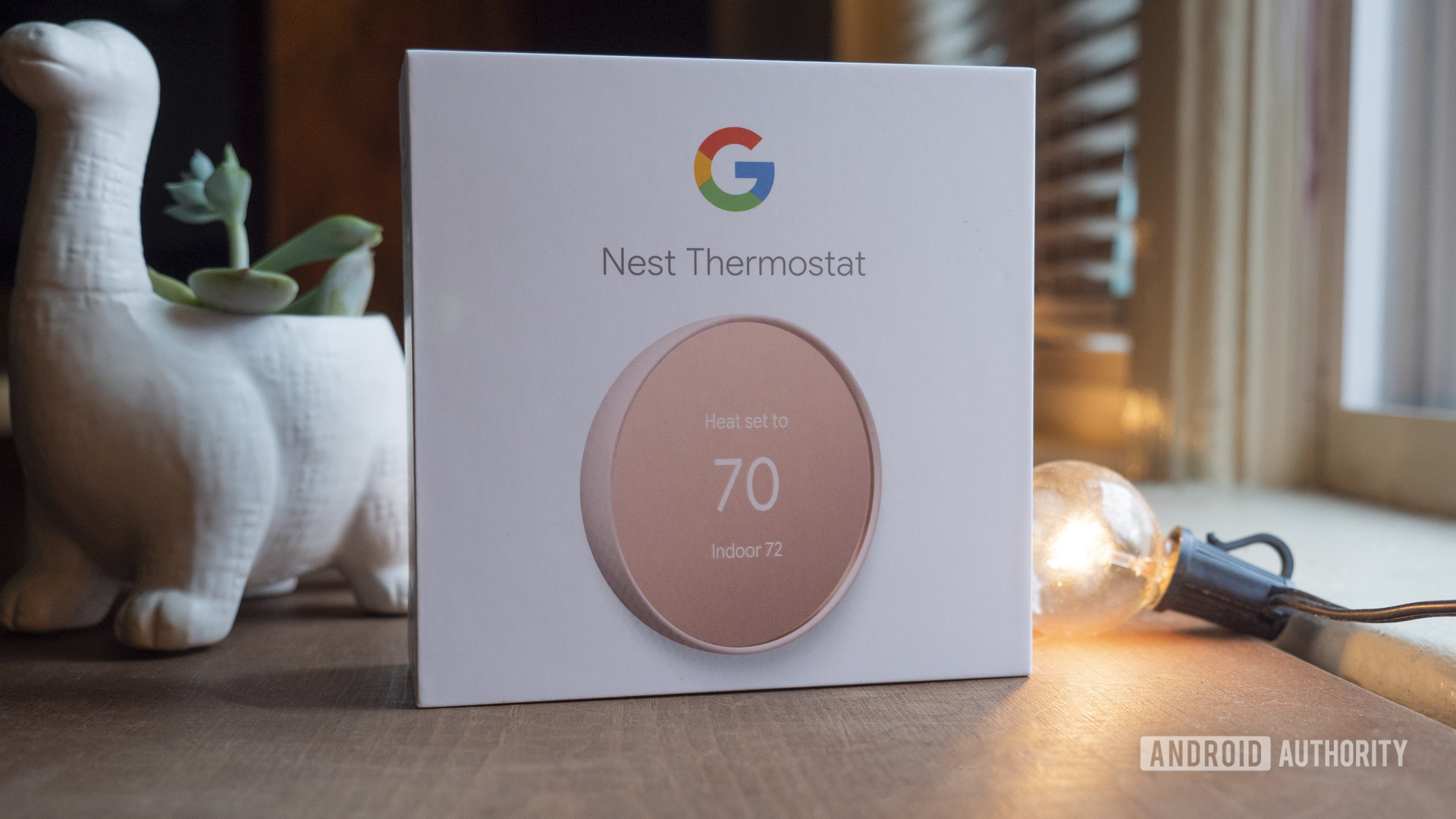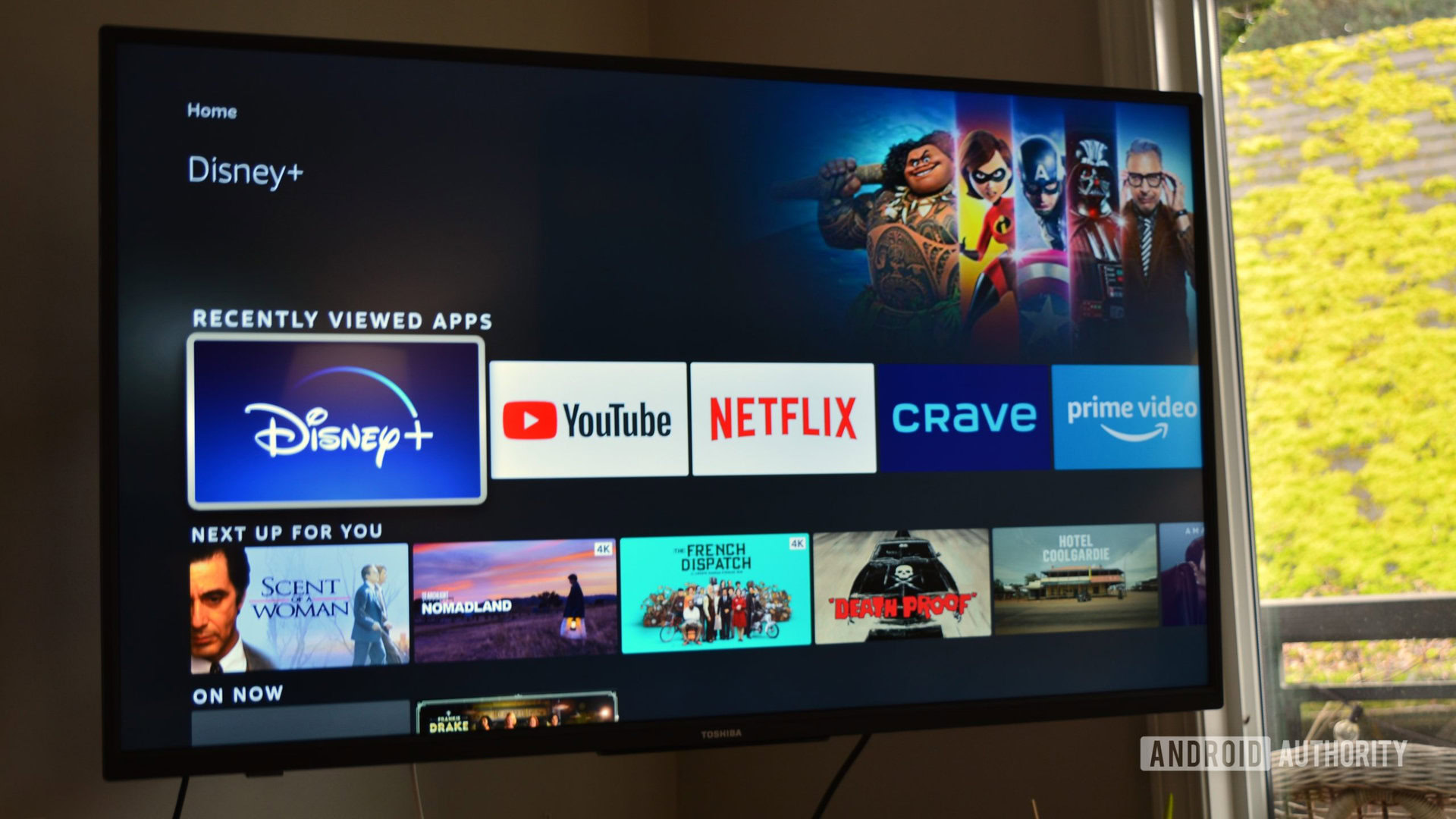There are 574 recognized Native American Tribes in the U.S.across 88,000 square miles of land (about 2.3% of the total U.S.land area).
Considering the lack of broadband infrastructure in remote or minimally populated areas, it’s not surprising that Tribal Nations experience some of the biggest connectivity gaps in the U.S.Gaps are so large that, in some cases, a Tribal Nation’s internet speeds are 98% slower than those in its neighboring state.Ookla analyzed speed test data from 110 tribes across the country to examine the digital divide among Tribal Nations.
While this is just a fraction of the 7.4 million American Indian and Alaskan Natives in the U.S.(in combination with other race groups), the results illustrate a stark digital divide between Tribal Nations and states.Despite clear connectivity gaps, Ookla’s analyses also revealed progress.
Some Tribal Nations now experience speeds faster than the state they inhabit, and some are close to achieving that benchmark.But Ookla’s findings also highlighted one key common denominator among Tribal Nations that have seen such connectivity improvements — they all received funding or entered into a partnership that could enable them to increase their connectivity, which we can now say is crucial to closing the digital divide across Tribal Nations.Why internet availability for Native Americans matters So, what do connectivity gaps mean for Tribal Nations? In a world that now relies on digital infrastructure for health care, education, financial services, business and more, a lack of internet access can be debilitating.
It leaves residents on Tribal lands at a severe disadvantage — one that only exacerbates as technology advances — and unable to easily access the essential services so many of us don’t think twice about.Connectivity gaps in remote Tribal communities or those located in areas prone to natural disasters, such as wildfires, can impact emergency alerts, disaster response, supply chains and even telehealth services.Negative impacts also extend to the education sector and lead to a trickle-down effect on the larger U.S.
economy. Tribal students in unserved or underserved areas aren’t able to access online learning tools to the extent that students in neighboring states can.This affects their education in the long term and leaves them at a disadvantage in adopting digital skills that are necessary to be successful in a job force reliant on digital literacy.A lack of digital literacy means more today than ever, exacerbating a gap in the workforce that leaves Tribal communities behind.
The adverse effects of limited Tribal connectivity is perhaps more apparent when we look at communities that aren’t dealing with unsuitable internet connections.Tribal entities that have speeds competitive with or higher than those of their neighboring states are able to create their own flourishing economies through entrepreneurship, investing in small businesses and more.Ookla analyzed both instances in its study, and we will examine the findings in this article.
Internet access challenges in Tribal Nations Before we dive into the numbers, let’s break down the challenges Tribal Nations face when it comes to accessing reliable internet connections.It all comes down to the digital divide and why Tribal Nations experience it in such severity.“The digital divide is the gap between individuals who have access to digital technology (phones, computers and the internet) and those who do not.” Robin Layton Allconnect Senior Editor The digital divide has many layers, like accessibility, affordability and even digital literacy, or rather, people’s ability to actually use communication technologies.
We’ll break these factors down in relation to the Tribal digital divide: We can see the effects of the Tribal digital divide in the data. According to the Federal Communications Commission (FCC), about 23% of Tribal Nation residents lack access to high-speed internet service, which is officially defined by the FCC as 100 Mbps download speed and 20 Mbps upload speed.Ookla’s analysis of Tribal speed test data tells a similar story.Over 74% of the analyzed Tribal Nations have median download speeds below their neighboring state, and over 36% have speeds slower than 100 Mbps.
This means that the majority of Tribal Nations are not experiencing connectivity at the same level as the state they share geography with.Even more revealing are the Mashantucket Pequot Tribal Nation’s connectivity stats.The tribe’s median download speeds are over 98% slower than those of its neighboring state of Connecticut (6.15 Mbps compared to Connecticut’s 332.92 Mbps).
In today’s digital world, 6 Mbps is only enough speed to stream video on one device, whereas Connecticut’s median speed of 332.92 Mbps is more than enough for an entire family to stream on multiple devices.Location also plays a major role in Tribal connectivity.The Kotzebue Tribe is located 33 miles north of the Arctic Circle and gets a median download speed of just over 13 Mbps compared to Alaska’s median of 167.34 Mbps.
In areas where deploying internet infrastructure is challenging and expensive, it’s clear that connectivity suffers.Mobile connectivity tells a similar story Mobile connectivity in Tribal Nations varies greatly, with some areas able to access fast speeds and others receiving vastly different speeds than their neighboring states.Even so, only 19% of Tribal Nations had mobile speeds faster than their neighboring states.
The Shakopee Mdewakanton Sioux Community has fixed mobile speeds over 64% faster than Minnesota, the state it shares geography with.The area is home to many gaming and resort businesses, driving revenue and 5G infrastructure investments — but this is not the case in all Tribal Nations.Some Tribal Nations located in remote communities can only access mobile speeds of less than 10 Mbps, a stark difference to Tribes like the Shakopee Nation, which has its own business ventures to aid in connectivity improvements.
Federal funding and private partnerships propel Tribal connectivity The path forward relies on funding and partnerships to improve Tribal connectivity, both of which play “a very big role in the state of broadband connectivity in Tribal Nations,” according to Ookla’s report. The National Telecommunications and Information Administration (NTIA) established the Tribal Broadband Connectivity Program (TBCP) in 2021, a $3 billion grant program that assists Tribal households in gaining connectivity.The TBCP has awarded almost $2 billion to Tribal entities so far, but even with funding assistance, many Tribes are still left behind since they lack the resources to navigate programs like the TBCP effectively.When Tribes get the assistance they need, it’s clear that it is the main driving force behind improving internet access and speed.
Ookla focused on the Zuni Tribe to illustrate a success case.The Tribe entered into a partnership with Continental Divide Electric Cooperative (CDEC), which allocated more than $4.4 million in funding to over 2,200 Tribal households in the Zuni Nation.Since gaining access to gigabit fiber connections with this funding, the Zuni Nation’s fixed download speeds have dramatically increased.
Before funding assistance, the Tribe’s fixed median download speed was 22.49 Mbps in third-quarter 2022.As of first-quarter 2025, this speed has increased to over 458 Mbps, which is even higher than its neighboring state of New Mexico (208.59 Mbps).Funding initiatives and partnerships like the Zuni Nation and CDEC have measurable and positive results, allowing Tribal Nations to access the opportunities they’ve been isolated from. Competitive broadband speeds, like what the Zuni Nation has achieved, enable Tribal communities and individuals to: Connect students to online learning materials and virtual classrooms Access telehealth services to receive online medical consultations, medication and educational resources Improve economic development and growth through e-commerce, remote work opportunities and online entrepreneurship Celebrate and showcase their heritage, history, culture and traditions through online platforms within the Tribe and to a global audience The future of Tribal connectivity: Satellite and 5G Ookla’s analysis illustrates some progress in Tribal connectivity, but there is still a long way to go before Tribal Nations are up to speed with the rest of the U.S. The future of Tribal connectivity will rely greatly on funding for broadband infrastructure, particularly satellite, 5G and fiber, both within Tribal Nations and throughout the U.S.
The Zuni Tribe had the fastest median download speed of all the Tribal Nations Ookla analyzed, and it was a direct result of high-speed fiber gigabit deployment to over 2,000 households.Initiatives like this will be paramount in bringing Tribal Nations up to speed with the rest of the country.Mobile connectivity, like 5G cellular service, is also central to improving internet access.
5G internet relies on cellular technology, which is widely available across the country and is often a more accessible option than fiber.Satellite internet is the most widely available type of internet in the U.S., but it is notorious for slower speeds and higher price tags.In recent years, a new form of satellite tech has been on the rise (low Earth orbit or LEO, satellite service), providing faster speeds and lower latency for internet customers.
Starlink is the main player in the LEO satellite market and is currently offering faster satellite internet plans than traditional satellite providers like Hughesnet and Viasat.Amazon is also launching its own LEO satellite service, Project Kuiper, which will directly compete with Starlink in the next few years.Federal programs provide billions in funding The TBCP is the main Tribal funding initiative, but the $42.45 billion Broadband Equity, Access and Deployment (BEAD) Program is spearheading broadband expansion efforts throughout all 50 states and U.S.
Territories.Tribal Nations are not eligible entities under the BEAD Program, but they can receive money from the states through BEAD, and each state was required to “have formal Tribal consultations with Tribal Entities as part of their BEAD planning.” Without federal funding, Tribes would have to rely on state-led grant programs, private partnerships or even own their broadband infrastructure and spectrum to get their communities connected.Funding broadband expansion is a slow process, and it could be years before we see radical changes in Tribal connectivity.
In the meantime, there are resources and programs for Tribal communities that can provide online resources and discounts on internet plans.Our experts break down some of these programs in our Native American internet resource guide.Looking for an internet plan near you? Enter your ZIP code to shop for providers and plans in your area.
Enter your ZIP code to view internet plans available near you See Allconnect’s Research hub for more broadband guides and information.For researchers and journalists If you would like to know more about this topic, we can assist you.Our experts can help you dig deeper into the data.
Email our experts
What to read next
Read more
Featured
A guide to internet resources for Native Americans
Camryn Smith —
4 min read
Featured
What recent internet policy changes may mean for you
Lisa Iscrupe —
3 min read
Featured
AT&T Access: Low-income internet program
Robin Layton —
3 min read
Latest
Monday, September 29, 2025
A guide to internet resources for Native Americans
Camryn Smith —
4 min read
Monday, September 29, 2025
What recent internet policy changes may mean for you
Lisa Iscrupe —
3 min read
Monday, September 29, 2025
Internet speeds and availability vary widely across Tribal lands
Camryn Smith —
7 min read








